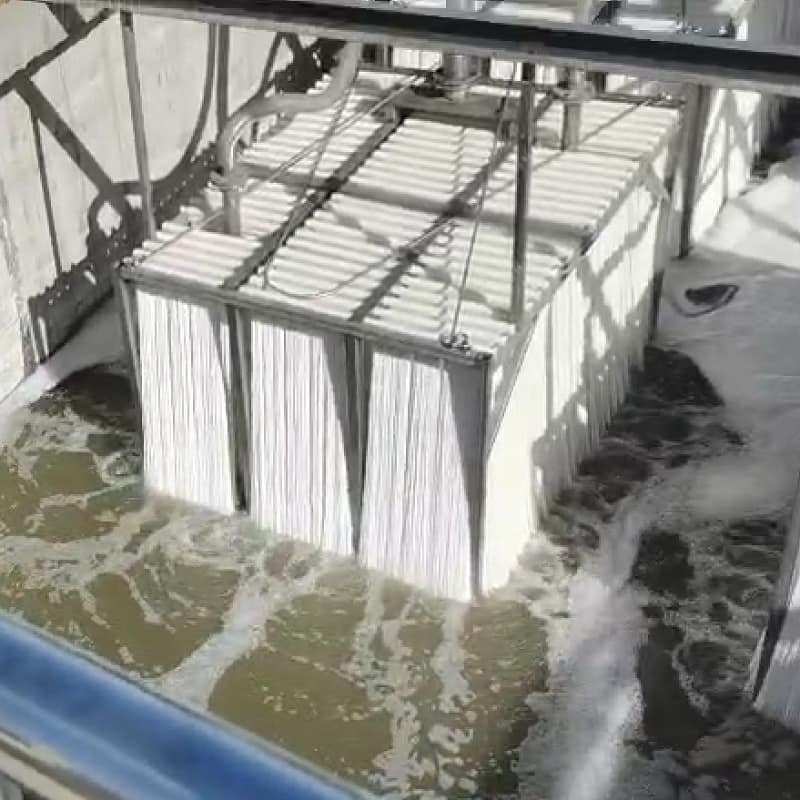Essential Wastewater Treatment Knowledge
Wastewater treatment is a highly technical yet practical field that combines engineering, microbiology, and chemistry.
For professionals entering or already working in this sector, mastering the fundamentals is essential.
This guide summarizes 100 key questions and answers covering the most critical concepts in sewage and wastewater management.
Instead of abstract theory, it focuses on practical knowledge that engineers, operators, and environmental specialists use daily.
1. Basics of Wastewater and Industrial Effluent
Wastewater generally refers to all water discharged from human activities, including domestic sewage and industrial effluents.
Industrial wastewater can be divided into process wastewater (directly from manufacturing steps) and non-process wastewater (such as cooling or washing water).
Understanding this distinction is important for designing treatment systems tailored to different pollution loads.
2. Key Parameters in Wastewater Treatment
- Dissolved Oxygen (DO): The amount of oxygen available in molecular form in water, essential for aerobic biological processes.
- Chemical Oxygen Demand (COD): The oxygen equivalent consumed when organic matter reacts with a strong oxidant, an important measure of pollution load.
- pH and Alkalinity: Crucial for microbial health and chemical reactions during treatment.
- Suspended Solids (SS): Solids larger than 10⁻⁴ mm that affect turbidity and must be removed during clarification.
- Nitrogen and Phosphorus: Both nutrients exist in various forms (organic N, ammonia, nitrate, organic/inorganic phosphorus). Their removal is key to preventing eutrophication.
3. Activated Sludge and Biological Treatment
Activated sludge is a yellow-brown flocculent biomass that contains bacteria and protozoa.
It is the cornerstone of modern biological treatment processes, including SBR, A/O, A2/O, and oxidation ditches.
Several factors affect the efficiency of the activated sludge method: sludge loading (F/M ratio), sludge age, DO level, nutrient balance, temperature, and presence of toxic substances.
Mixed liquor in aeration tanks consists of wastewater, sludge, and oxygen.
Maintaining DO at 2–4 mg/L ensures healthy microbial activity.
Performance indicators include MLSS (mixed liquor suspended solids), SVI (sludge volume index), and CDI (sludge density index).
4. Hydraulic and Operational Parameters
- Hydraulic Retention Time (HRT): The average time wastewater stays in a treatment unit, influencing reaction efficiency.
- Sludge Recirculation Ratio: The percentage of sludge returned from the clarifier to the aeration tank. Optimal control prevents sludge washout and stabilizes biomass concentration.
- Excess Sludge: The surplus biomass generated daily that must be removed to avoid system overload.
5. Biological Nutrient Removal
Nutrient removal is essential to meet environmental discharge standards:
- Nitrogen: Removed through nitrification (ammonia → nitrate) and denitrification (nitrate → nitrogen gas).
- Phosphorus: Controlled via biological phosphorus removal (using polyphosphate-accumulating organisms) or chemical precipitation.
- BOD:N:P Ratio: Optimal microbial metabolism requires an approximate balance of 100:5:1.
6. Pretreatment and Clarification
Pretreatment removes oils, suspended solids, and toxic substances before biological units.
Common methods include grit chambers, oil separators, equalization tanks, and dissolved air flotation (DAF).
Clarification involves sedimentation, coagulation, and flocculation using agents like aluminum salts, ferric salts, or bio-coagulants.
Sedimentation tanks (primary and secondary clarifiers) achieve sludge-water separation, a crucial step before discharge or further treatment.
7. Filtration and Advanced Treatment
Filtration systems use quartz sand, activated carbon, or inclined plates to remove residual suspended solids and improve water clarity.
Advanced treatments such as ion exchange, oxidation, and disinfection (chlorination, UV, ozone) ensure safe effluent discharge or water reuse.
8. Practical Troubleshooting in Operation
Common issues in biological systems include sludge bulking, foaming, and poor settling.
Operators must adjust aeration, chemical dosing, and recirculation ratios accordingly.
Monitoring COD, ammonia, and DO daily ensures early detection of problems.
Conclusion
Mastering wastewater treatment requires not only theoretical knowledge but also practical problem-solving skills.
These essential knowledge provide a solid foundation for operators and engineers to understand water chemistry, biological processes, and system optimization.
Whether you are preparing for professional certification or managing daily plant operations, these fundamentals remain the backbone of effective wastewater management.
For further reading, you can explore our guide on TOD vs TOC vs COD vs BOD: What They Mean and How to Use Them in Wastewater Treatment or visit the U.S. EPA NPDES program for compliance resources.

